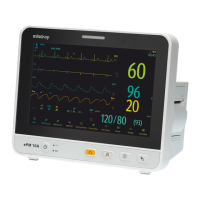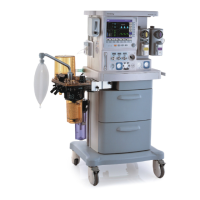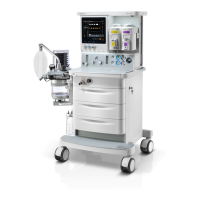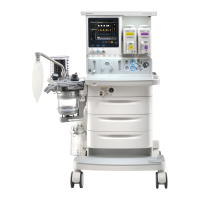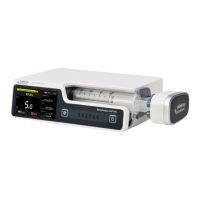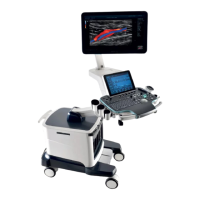D - 2
Note: When arrhythmia alarms occur, check the patient’s condition and the ECG connections.
D.1.3 ST Physiological Alarm Messages
Note: XX represents the ECG lead label.
D.1.4 Resp Physiological Alarm Messages
D.1.5 SpO
2
Physiological Alarm Messages
D.1.6 PR Physiological Alarm Messages
Missed Beat Prompt
A-Fib Prompt
Alarm message Default priority
ST alarm mode Alarm messages Default priority Cause and solution
Absolute ST-XX High Med The ST value of respective ECG lead has risen above the
high alarm limit or fallen below the low alarm limit. Check
the patient’s condition and check if the patient category
and alarm limit settings are correct.
ST-XX Low Med
Relative ST Single Med ST value of any ECG leads has risen above the high alarm
limit or fallen below the low alarm limit. Check the patient’s
condition and check if the patient category and alarm limit
settings are correct.
ST Dual Med ST values of two or more ECG leads have risen above the
high alarm limit or fallen below the low alarm limit. Check
the patient’s condition and check if the patient category
and alarm limit settings are correct.
Alarm message Default priority Cause and solution
Resp Artifact High The patient’s heartbeat has interfered with his respiration. Check the
patient’s condition and the Resp connections.
Apnea High The respiration signal was so weak that the monitor cannot perform
respiration analysis. Check the patient’s condition, module and patient
connections.
Alarm message Default priority Cause and solution
SpO2 Desat High The SpO
2
value falls below the desaturation alarm limit. Check the
patient’s condition and check if the alarm limit settings are correct.
Alarm message Default priority Cause and solution
No Pulse High The pulse signal was so weak that the monitor cannot perform pulse
analysis. Check the patient’s condition, SpO2 sensor and measurement
site.

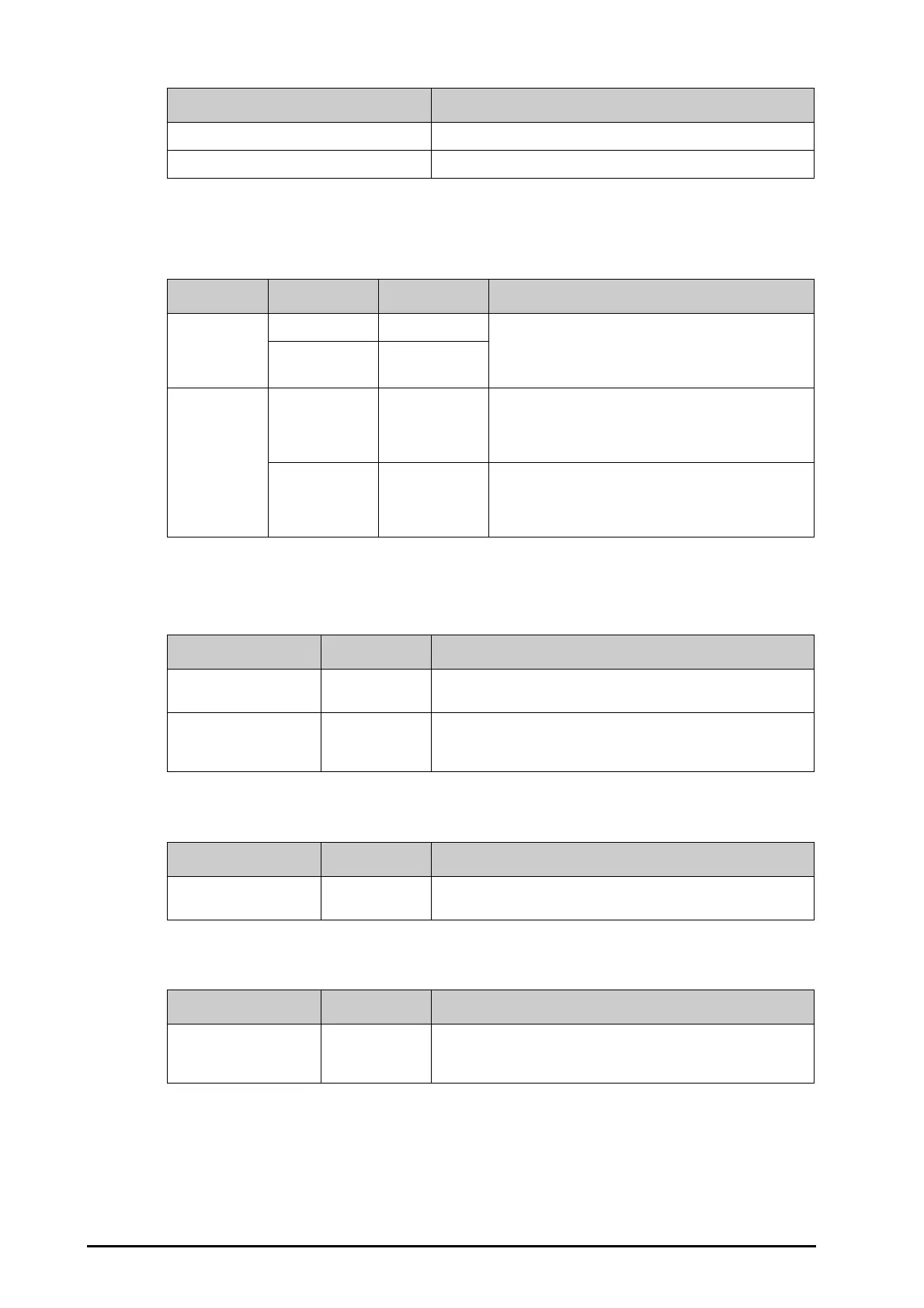